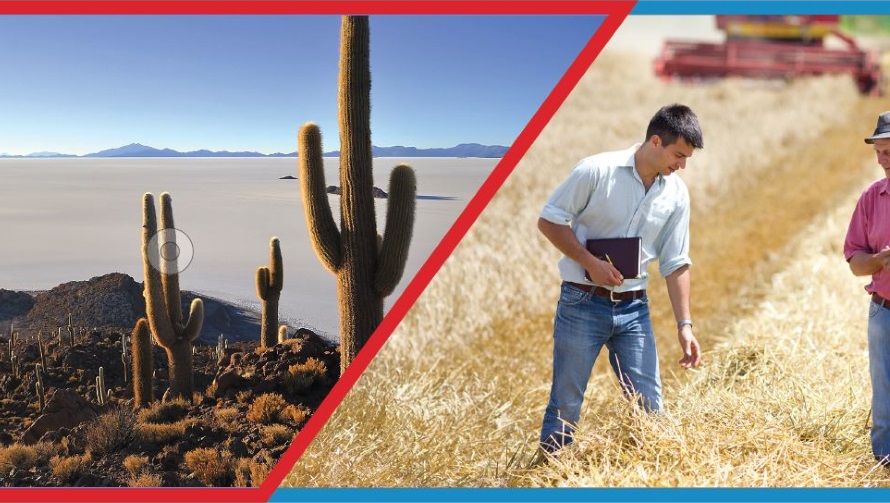A Food Fight
When people ask me to gauge how a particular industry event went, I usually explain it to them this way: If I learned something new, it was a success.
Given this criteria, the 2nd annual National Policy Conference was a rousing success. Hosted last week in Washington, DC, by CropLife America, the meeting brought together agricultural friends and foes to discuss such wide ranging topics as can consumers and growers coexist, taking a product from lab to the field and how federal policy is shaping American agriculture. There was also a discussion with Robert Kenner, the director of the agricultural exposé Food, Inc.
Yet, for me, the most interesting panel discussion of the conference was the one entitled “Modern Agriculture: What’s Next & Why?” Now I’ve heard over and over the past 11 years how agriculture will have to figure out ways to produce enough food to feed a projected nine billion world population by the mid-21st century. But even I hadn’t appreciated just how difficult a task this might be until Sonny Ramaswamy, dean of the College of Agricultural Services and director of the Oregon Agricultural Experiment Station for Oregon State University, explained it at the conference.
“Some studies have found that you would need two Earths to feed this expected population using today’s agricultural methods, where half the food is lost before it ever gets to the table,” said Ramaswamy. “If you want to live like an American, you are going to need four Earths.”
Ramaswamy went on to say that the American diet needs to change going forward as well. “Since the 1960s, we’ve focused on cheap calories in this country,” he said. “But there’s a disconnect there. We need to develop food with more nutrition, enhancing the good traits in crops and vegetables.”
Dr. Jason Clay, senior vice president of market transformation for the World Wildlife Fund, agreed, pointing to genetics as a way to accomplish this goal. “Genetics is what got us here today,” said Clay of modern agriculture’s yield track record. “But we also need to increase work on genetics, not necessarily for corn, soybeans and what, but fruits and nuts as well.”
Going forward, Clay believes agricultural practices will need to alter somewhat, perhaps marrying the concepts of commercial farming with those of organic, with precision agriculture serving as a kind of bridge between the two. Otherwise, he warns, the ever-growing world population will take whatever steps are necessary to survive, with nature suffering in the process.
“The bottom line is that people are going to feed their kids,” said Clay. “If people have to pick between their kids and trees, trees are going to lose.”
If you ask me, this gives the entire industry plenty of food for thought as we move ever closer to 2050.






